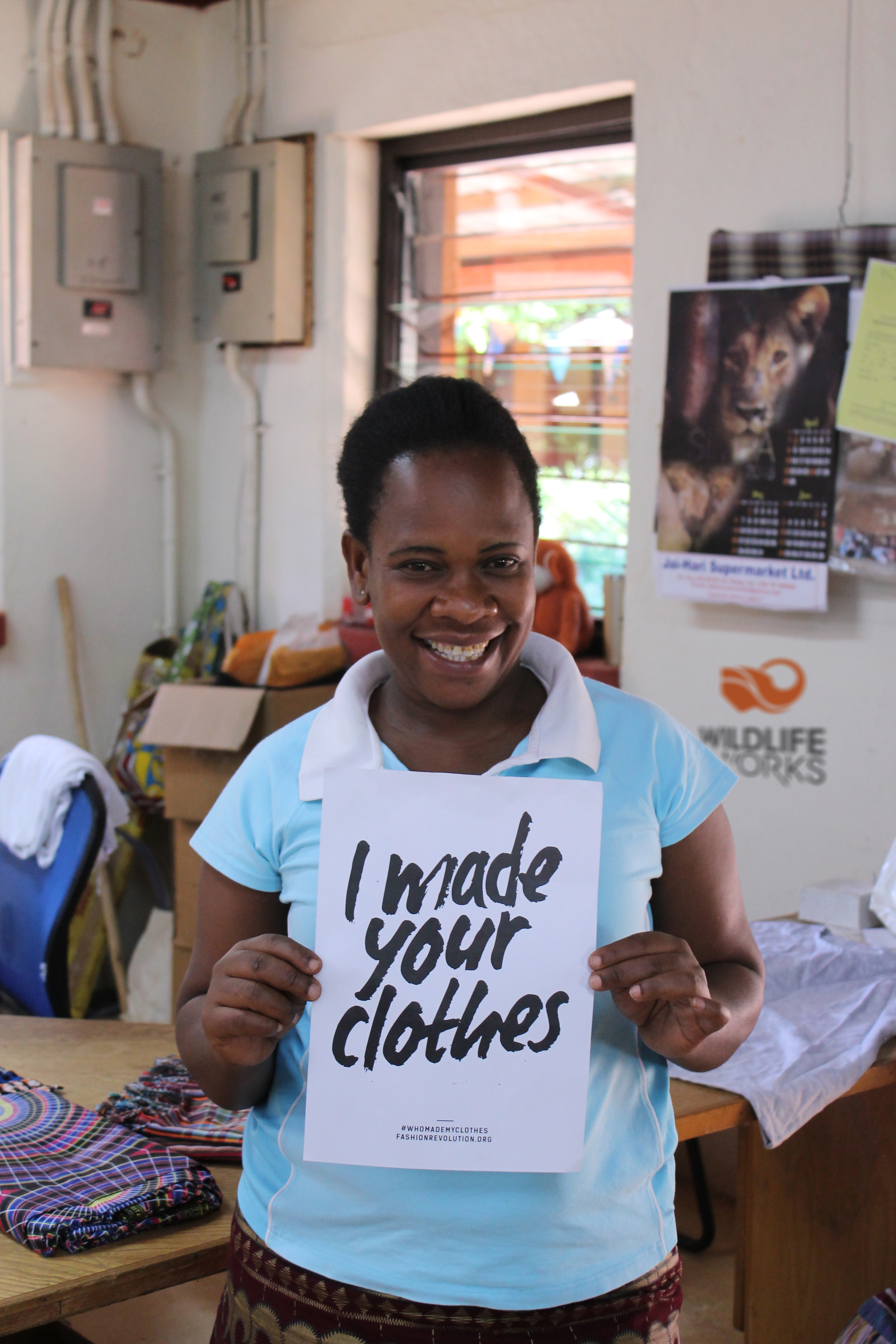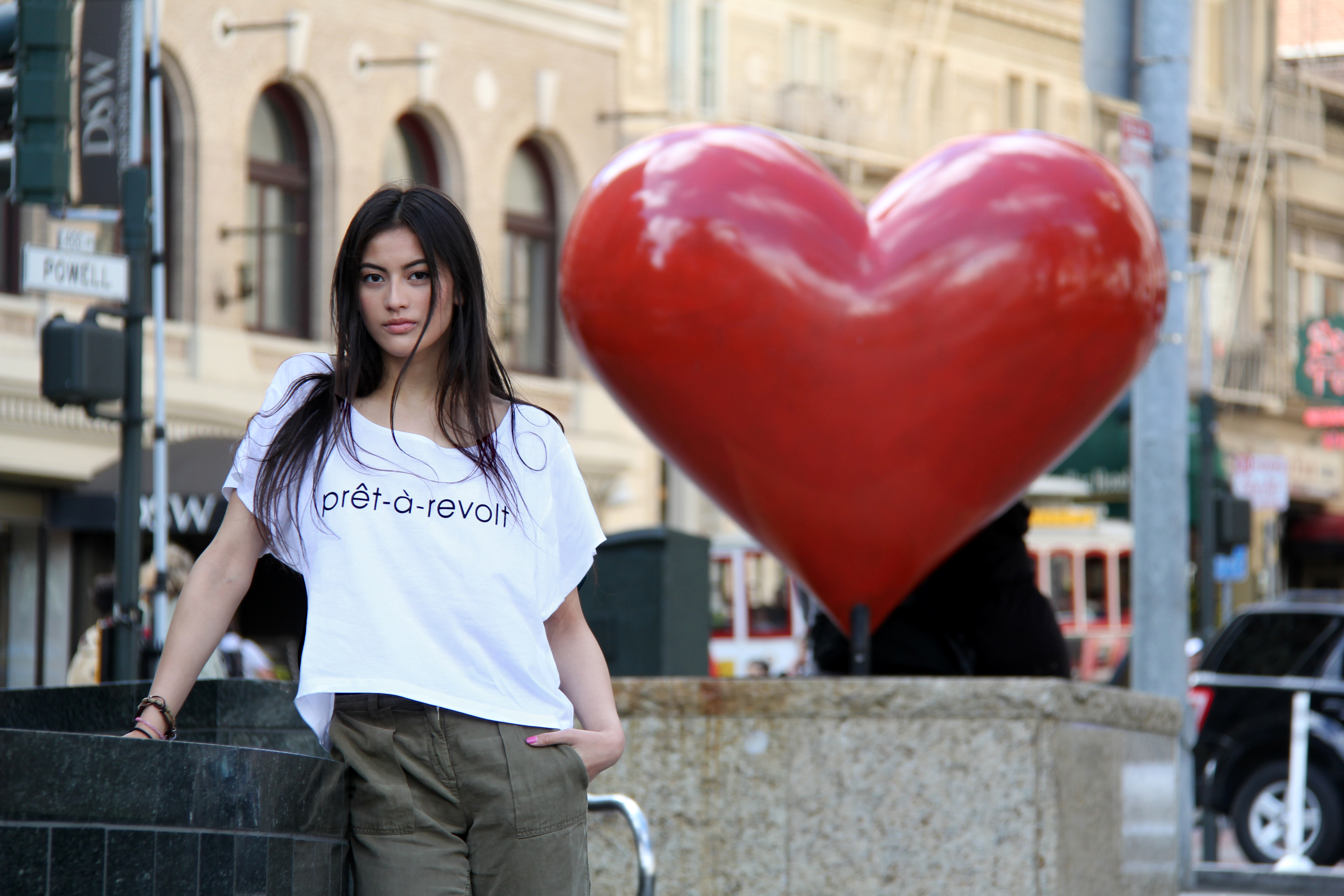
5 Steps to Green up Your Closet
5 Steps To A Sustainable Closet
Believe it or not, having a sustainable wardrobe is crucial to our planet’s health, and to yours.
According to surveys, most people only wear about 20 percent of the clothing in their closets. Coupled with the fact that the average woman has $500 worth of unworn clothing in their wardrobe and you can see that there is clearly a problem. Fast fashion has trained us to buy throw away fashion that’s worn once and thrown out. The average American tosses 82 pounds of textile waste each year, which adds up to 11 million tons of the stuff from our country alone. It’s time to convert to a sustainable wardrobe.
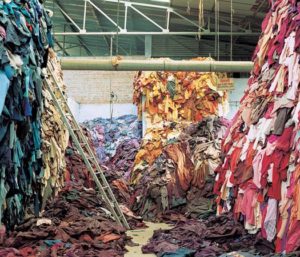
Here’s our 5 step program to green up your closet.
- CLEAN OUT YOUR CLOSET
The first step to living a sustainable lifestyle is to possess less, which trains you to consume less. Getting into your spring cleaning and embracing the sustainable fashion movement isn’t as scary as you think. And, there could be some serious mental benefits to cleaning out your closet.
If a clean house is a clean mind, many of us could be struggling to find that peace and clarity we all look for hope to find. In Marie Kondo’s best selling book, “The Life-Changing Magic of Tidying Up,” the author details one simple rule for clearing up everything in your life and home – gather everything of one category together (for example, clothes, books, etc.) and for each item, ask yourself this question, “Does it spark joy?”
The simple question and the simple answer that follows (yes or no) will then determine whether or not you should keep it.
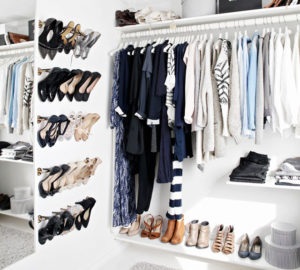 To make letting go of things easier, Kondo recommends that you thank the item for serving its purpose in your life, then let it go. That old gift you got from a friend that just didn’t quite suit you? Thank it for bringing a moment of joy into your life, then let it go. That dress that just doesn’t fit you right, but you were hoping one day would? Thank it for showing you what doesn’t work for your body, then let it go.
To make letting go of things easier, Kondo recommends that you thank the item for serving its purpose in your life, then let it go. That old gift you got from a friend that just didn’t quite suit you? Thank it for bringing a moment of joy into your life, then let it go. That dress that just doesn’t fit you right, but you were hoping one day would? Thank it for showing you what doesn’t work for your body, then let it go.
- DONATE, RECYCLE & REWORK
If you have a hard time of letting things go because you feel it is wasteful, worry not! H&M has a recycling program where they will take your old clothes and recycle them into other pieces of clothing. Other brands have similar programs, like Patagonia’s Worn and Wear initiative and others.
Failing that, there’s always a Goodwill or thrift store that’s sure to take your pieces. And if you’re strapped for cash, why not sell on websites like ThredUp and Swap.
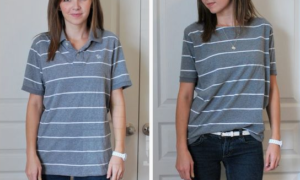
And, taking this opportunity to flex your DIY skills, if there’s something you really love, say the fabric on a particular dress or shirt, you could always find a way to upcycle it. A shirt into a pillowcase or a dress into a new top, the possibilities are endless. Get inspired on Pinterest.

- BUILD A GREEN FOUNDATION
Drew Cook, Co-Founder of PACT, an organic cotton company, once said to me that they chose to work with basics because, “It’s the first thing you put on and the last thing you take off.”
We couldn’t agree more on the importance of building a sustainable closet using organic basics, undergarments, and layers. These basics are meant to be the building blocks for any outfit – casual or elegant, work or play. You’ll also find putting together different outfits and getting dressed for work easier than before as you use key basics that you love to set the foundation for all your looks.
Then, use trend accessories like scarves from Indigo Handloom or Soko that won’t go out of style.
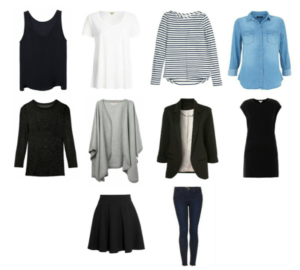
Here’s a starter list:
- 100% organic cotton underpinnings and layers from Pact
- 100% organic trend basics from Wildlife Works
- Basic natural fiber trousers from Everlane
- Update denim if needed – one slim fit and one boyfriend fit from eco denim lines.
- Basic, neutral outer layers from Eileen Fisher or Slum Love that go with everything and last through the years
- For more, see our growing ethical shopping guide
- INTEGRATE NEW PIECES INTO YOUR EXISTING WARDROBE
Once you have your foundation and a few key pieces to make your style your own, you can integrate them into your existing wardrobe and get creative on mixing and matching to make new outfits. Get ideas from style and fashion magazines or consult blogs online.
Use Pintrest to explore outfit ideas and save your favorite ones.
- FOCUS YOUR FUTURE BUYING
When looking at what to purchase to add to your wardrobe in a sustainable way, take into consideration that some fabrics are just more eco-friendly than others and some brands are more ethical than others. Get some serious tips from Wear No Evil. Here are our recommendations, listed from eco closet starter to eco super star.
- Avoid Blends: there’s very little technology to recycling blends, so there’s no where for your cotton-poly blend shirt to go once you’re done with it other than the landfill.
- If you like the feel and utility of synthetic materials, choose pieces made from recycled or repurposed synthetic fabric.
- If you like rayon or viscose, remember that these fibers come from trees. Up to 30% of rayon comes from endangered forests so make sure you look for rayon that is forest friendly, like fabrics from Lenzing: Modal, Tencel, Proviscose, EcoVero, VeoCel.
- Thrift and buy second hand: there are so much previously loved clothing that you can save from filling the landfill.
- Opt for Natural fibers – cotton, hemp, linen, etc : these have the least amount of toxins and are biodegradable, so better for Mother Earth, too.
- Choose Organic, natural fibers: about 16 percent of the world’s insecticide and 7 percent of pesticides are used to grow conventional cotton. It’s not just bad for your and the planet, it’s also harmful to the growers and processors who have to handle this material. Choose organic.
- Fair trade/fair labor brands: fair to you, fair to the person who made it.
- 100% transparency on entire supply chain: from cotton boll to your doorstep, there are companies striving to create the best processes for everyone involved. Help support these companies and tell the fashion industry that you want to know who made your clothes.
Some of our favorite brands and shops not mentioned above:
Raven & Lily
People Tree
Amour Vert
Modavanti
Accompany
Kaight NYC
Eileen Fisher Renew



